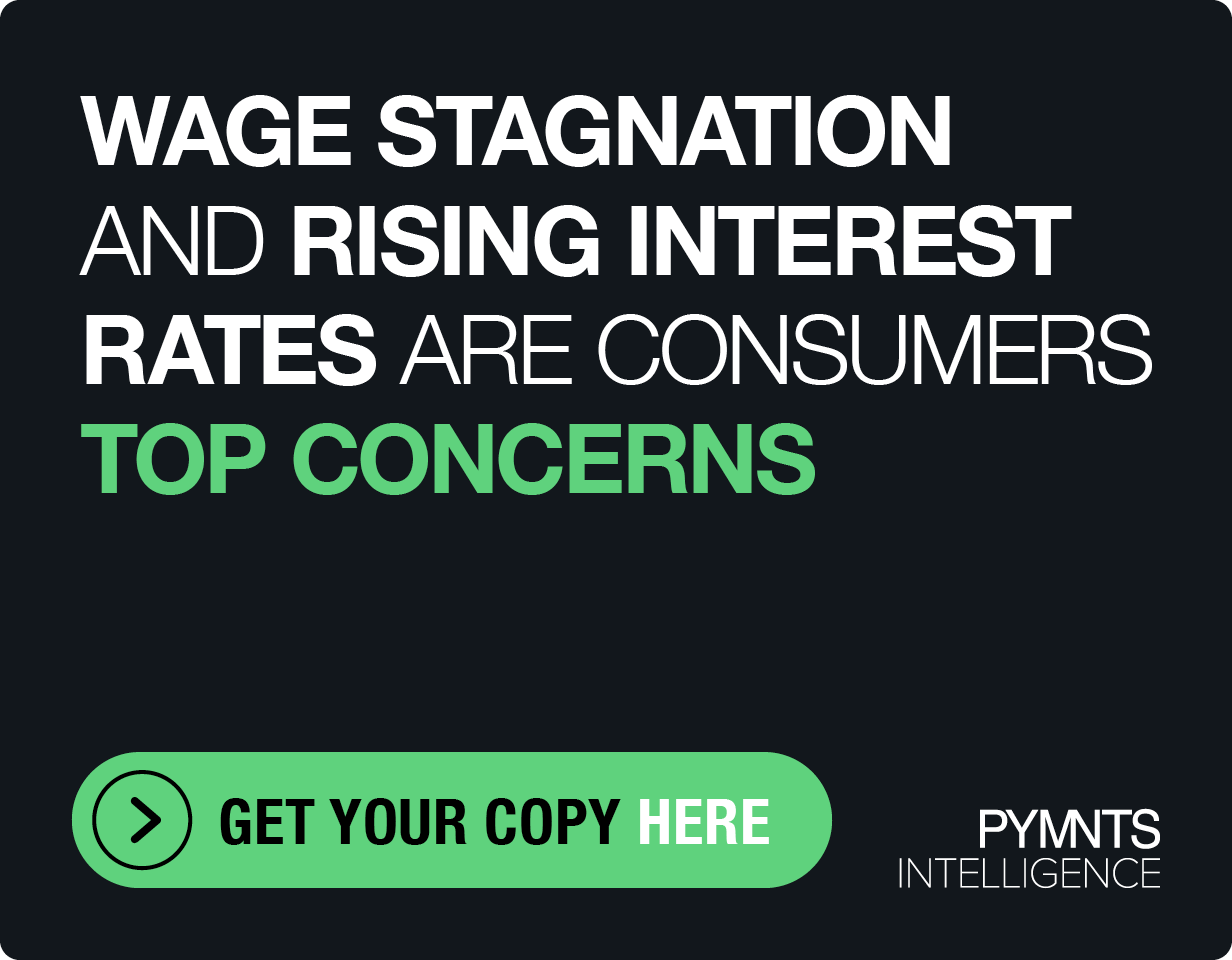Social Commerce Battle Heating Up Just In Time For Summer

With Facebook expanding Instagram’s in-app Checkout capabilities across the pond to the United Kingdom — albeit on a trial basis — it’s clear that social commerce has become a full-on arms race between some of the most popular social media apps.
In the last month, for example, Facebook has brought its Shops feature to Marketplace and WhatsApp; Pinterest has expanded its shopping list feature to more countries to allow users to shop directly from pins and boards; and Twitter has pointed to eCommerce as an important avenue to explore, though no specific details were offered on how eCommerce could be integrated into the platform.
The fact that it’s taken Facebook almost a year to export Instagram Checkout outside of the U.S. shows how seriously the $975 billion company is taking its venture into the $5 trillion online retail market. But in moving slowly, Facebook has allowed competitors such as TikTok to test the in-app commerce waters; last month, the short video social media platform began working with merchants in Europe to test in-app sales.
To be sure, competing with Facebook is no small feat — the social media giant has 69 percent of U.S. adults using its flagship platform and another 40 percent and 23 percent of adults using Instagram and WhatsApp, respectively, according to the Pew Research Center. But TikTok can also learn from the experience of Chinese-only sister app Douyin, which took in $26 billion from in-app sales in the first year of its eCommerce program.
A Social Commerce Super Portal
As PYMNTS’ Connected Economy research notes, nine out of 10 consumers say that introducing digital tools has brought benefits to their lifestyle, with convenience and time savings among the top factors.
At the same time, though, 60 percent of consumers consider it to be at least a moderate problem that they have their personal identifying information (PII), including credit card numbers and bank account details, stored in too many places online. Sixty percent of consumers also worry about whether they can trust a particular website or app to secure their personal data.
In what could be a boon for social commerce, though, approximately 40 percent of consumers would be most interested in integrating four types of data into a “super portal” through which consumers can make their digital lives more seamless. The data types involve their payments, shopping, family connections and connections with friends — information that social media companies already rely on for their core business.
The battle, therefore, is likely to be who can best roll out in-app shopping to the most highly connected shoppers, who regularly employ numerous digital tools to conduct their shopping. The average age of the highly connected shopper is 45, according to PYMNTS research, and 61 percent of them are middle- or low-income.
This demographic bodes well for Facebook’s Instagram Shop ambitions, as approximately half of Instagram users between 35 and 44 years old use the app multiple times a day, according to a Facebook-commissioned survey by Ipsos. Among other age groups, 67 percent of Instagram users between 18 and 24 years old are on the app multiple times per day; 60 percent of millennials, between 24 and 34 years old, use the app multiple times a day; and 43 percent of Instagrammers between 45 and 54 years old use the app more than once per day.
A potential roadblock, however, is the projected stagnation of social commerce in the U.S. Though the number of social commerce buyers on Instagram rose by over 10 percent between 2019 and 2020, according to eMarketer, the share of Instagram users who make at least one purchase via the Facebook platform is expected to stagnate at about 30 percent between 2022 and 2025.
Still, Facebook CEO Mark Zuckerberg told investors and analysts in April that the company is keeping its foot on the gas when it comes to eCommerce. “Part of this is motivated by wanting to help out small businesses and [help] different businesses sell more across our platform,” he said. “And a lot of it is also just about making the consumer experience better.”
